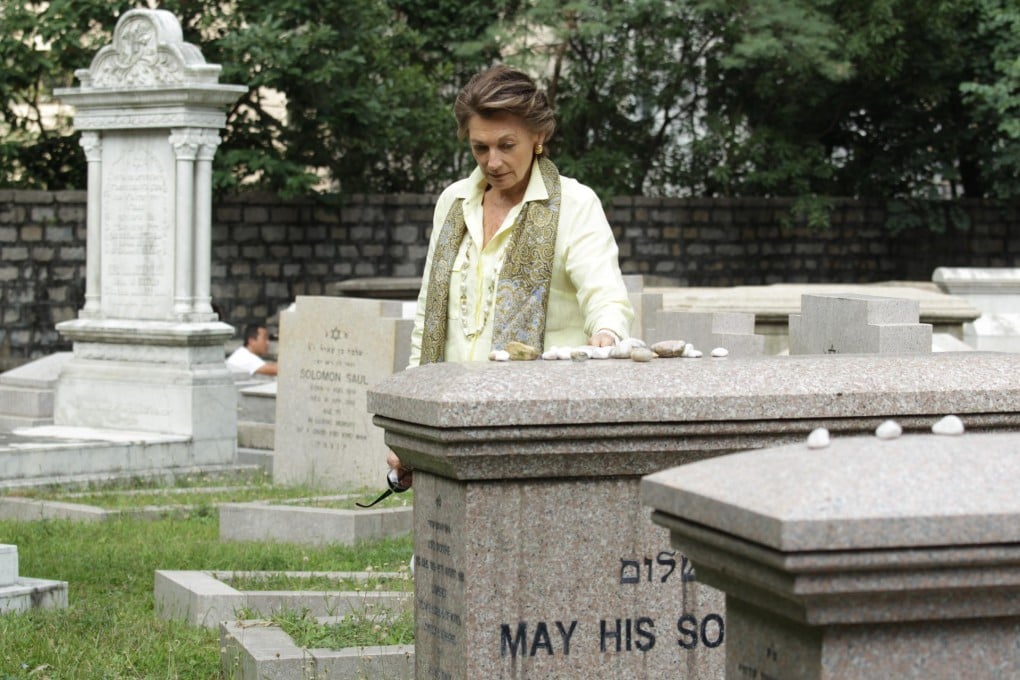The role of Jews in the making of Hong Kong
Hong Kong has for more than 150 years been home to a diverse Jewish population, many members of which have played a pivotal role in making the city what it is today, writes Sarah Lazarus

"We're so lucky to be in Hong Kong - it's a fantastic place for Jews. It always has been."
Judy Green, chairwoman of the Jewish Historical Society of Hong Kong, has lived here since she was 11 years old. We meet at the Jewish Cemetery, a green and peaceful spot in a hidden corner of Happy Valley, tucked behind a Buddhist temple and surrounded by a cluster of tower blocks. It's dotted with gravestones bearing with a mix of English and Hebrew script. The earliest recorded burial plot, belonging to a Leon Bin Baruel, dates from 1857. The most recent gravestone is dedicated to Mervyn Gatton, who died in February.
Hong Kong's Jewish population, currently estimated to be 5,000 strong, is thriving. "It's a close-knit and dynamic community," says Green. And it's a community that has deep roots, stretching right back to the earliest days of the colony.
The first Jews to set up home in Hong Kong were Iraqis who arrived in the 1840s. They were descendants of Jews expelled from Spain and Portugal during the Inquisition (which lasted from the late 15th to early 19th centuries) who had worked their way east to Baghdad, where a sizeable community developed.
During the 19th century, Baghdadi adventurers travelled to India and set up trading operations in the booming ports of Bombay and Calcutta. Later, as China gradually opened to international trade, they crossed the Indian Ocean and established outposts in Canton, Macau and Hong Kong.
Although there were only a handful of Jewish families in Hong Kong in the mid-19th century, they enjoyed enormous success and several became fabulously wealthy.
"The Iraqis are supposed to be the cleverest Jews as far as business is concerned, at least that's what my Iraqi friends tell me," says Green. "I think they had a lot of courage. They saw opportunities that other people either didn't see or weren't brave enough to pursue."